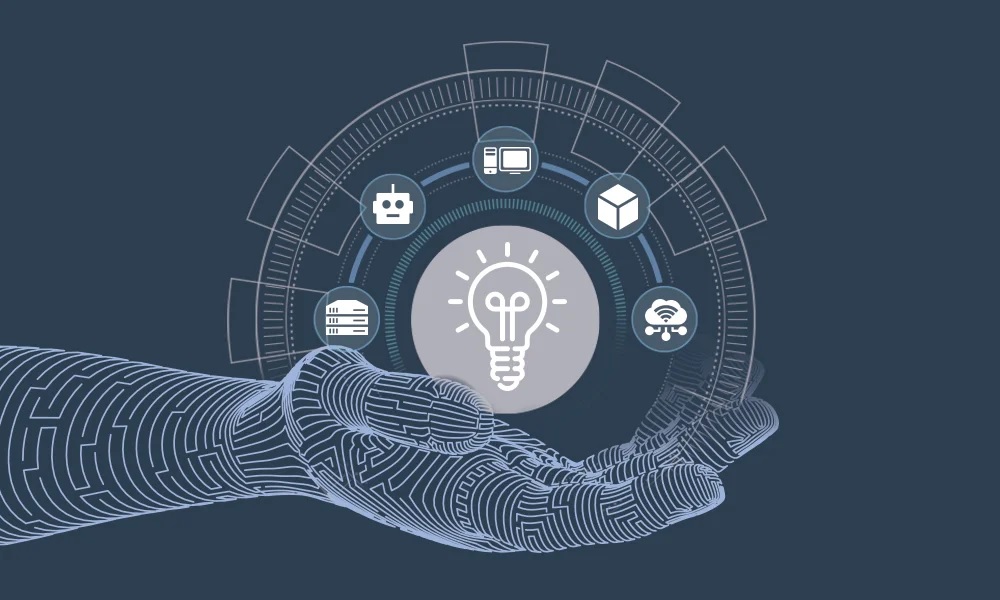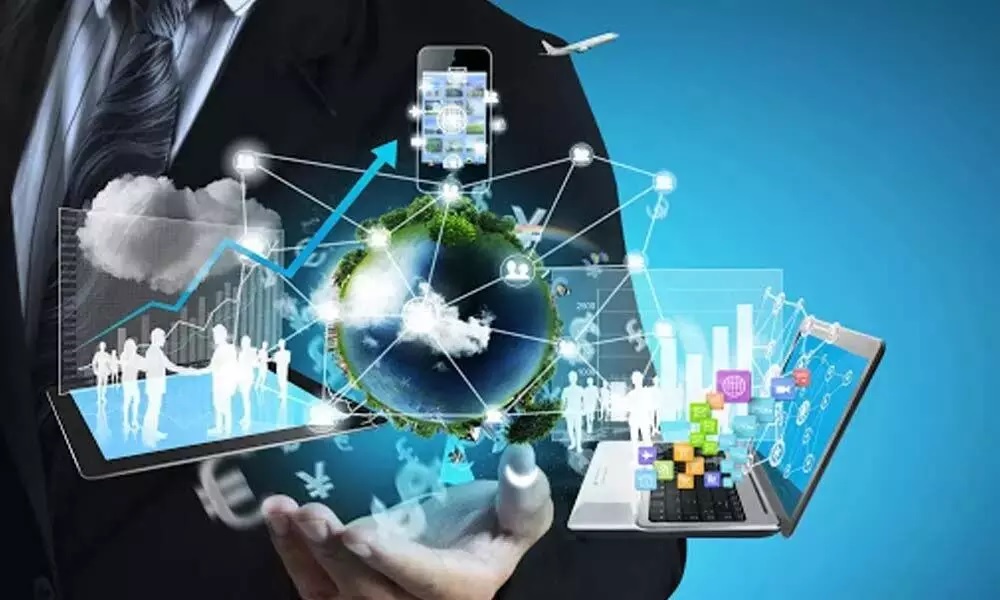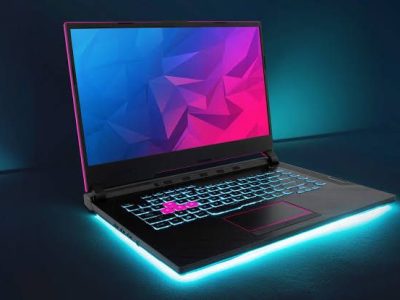Technology has been advancing rapidly in recent years, and haptic technology is no exception. Haptic technology, also known as kinesthetic communication, refers to technology that recreates the sense of touch by applying forces, vibrations, or motions to the user. This technology has been around for decades, but in recent years, it has shown significant improvements and is now finding its way into various sectors, such as gaming, healthcare, and education.
What is Haptic Technology?
Haptic technology is a type of technology that uses tactile feedback to create an immersive experience. By recreating the sense of touch, haptic technology can enhance the user experience in various applications. Haptic technology can be found in many devices, such as smartphones, gaming controllers, and wearable devices, and it is used in a wide range of applications, including virtual reality, healthcare, and education.
The Future of Haptic Technology

The future of haptic technology is bright, and it is expected to play a significant role in many areas. As technology continues to advance, haptic technology is expected to become more sophisticated, allowing for more realistic and immersive experiences. The following are some of the ways haptic technology is expected to evolve in the future:
- Improved Haptic Feedback: Haptic feedback is expected to become more precise, allowing for more realistic and immersive experiences. This is particularly important in applications such as virtual reality, where the user needs to feel as though they are in a real-world environment.
- Integration with Other Technologies: Haptic technology is expected to be integrated with other technologies such as artificial intelligence and machine learning. This will allow for more personalized and adaptive experiences, as the technology will be able to learn the user’s preferences and adjust accordingly.
- Wearable Haptic Technology: Wearable haptic technology is expected to become more prevalent, allowing for more natural interactions with technology. This technology could be used in various applications, such as healthcare, where patients could receive haptic feedback to help them with their rehabilitation.
Applications of Haptic Technology
Haptic technology has a wide range of applications, and it is being used in various sectors to enhance the user experience. The following are some of the applications of haptic technology:
- Gaming: Haptic technology is used in gaming to provide feedback to the user. This feedback could be in the form of vibrations, forces, or motions, allowing the user to feel as though they are part of the game.
- Healthcare: Haptic technology is used in healthcare to provide feedback to patients during rehabilitation. This feedback could be in the form of vibrations or forces, allowing patients to know whether they are performing the exercises correctly.
- Education: Haptic technology is used in education to provide feedback to students. This feedback could be in the form of vibrations or forces, allowing students to know whether they are performing the task correctly.
Haptic technology has come a long way in recent years, and it is expected to play a significant role in many areas in the future. With the advancements in technology, haptic feedback is expected to become more precise, allowing for more immersive experiences. The integration of haptic technology with other technologies such as artificial intelligence and machine learning will allow for more personalized and adaptive experiences. Wearable haptic technology is expected to become more prevalent, allowing for more natural interactions with technology. Haptic technology has a wide range of applications, and it is being used in various sectors to enhance the user experience. As technology continues to advance, haptic technology is expected to become even more sophisticated, providing users with more realistic and immersive experiences.








Comments